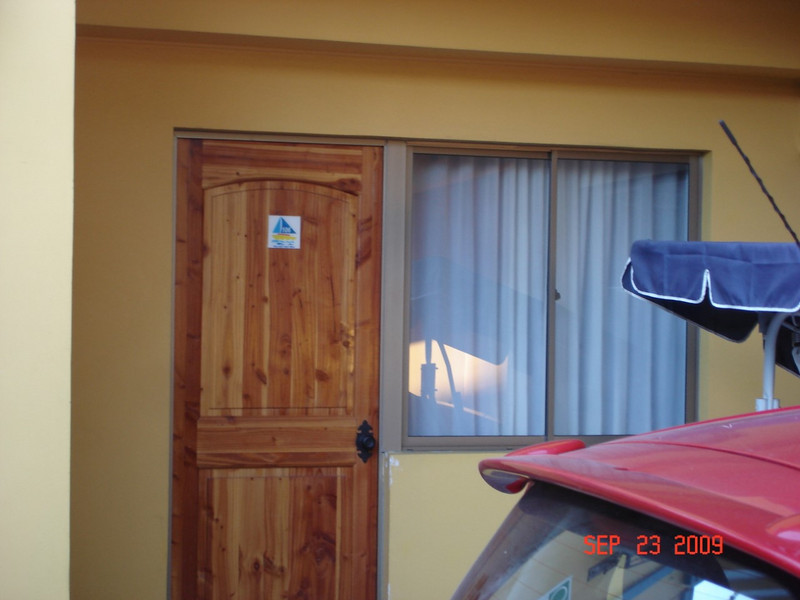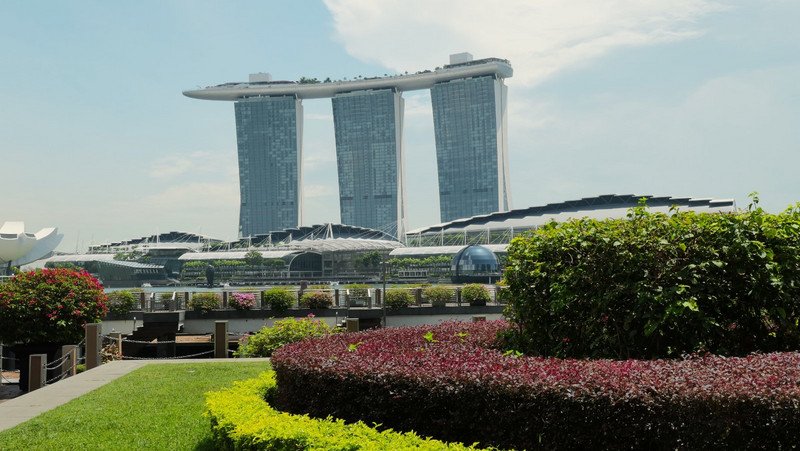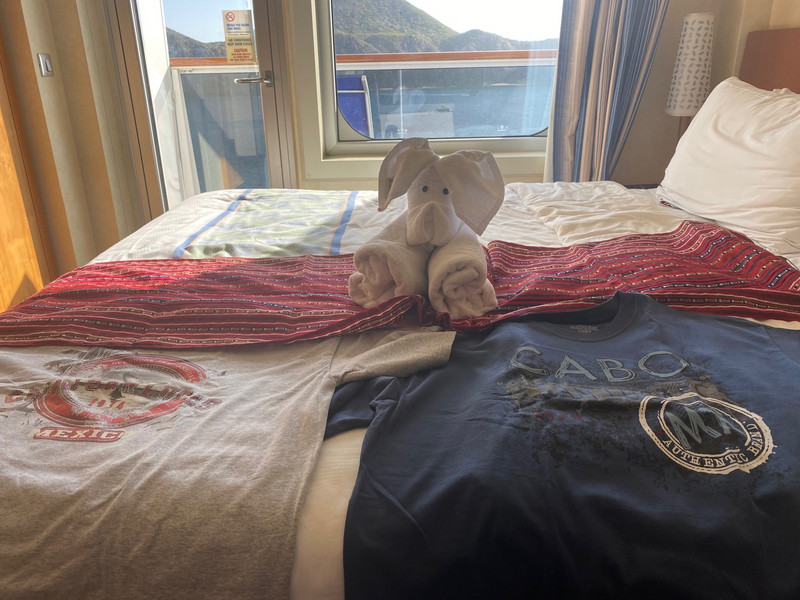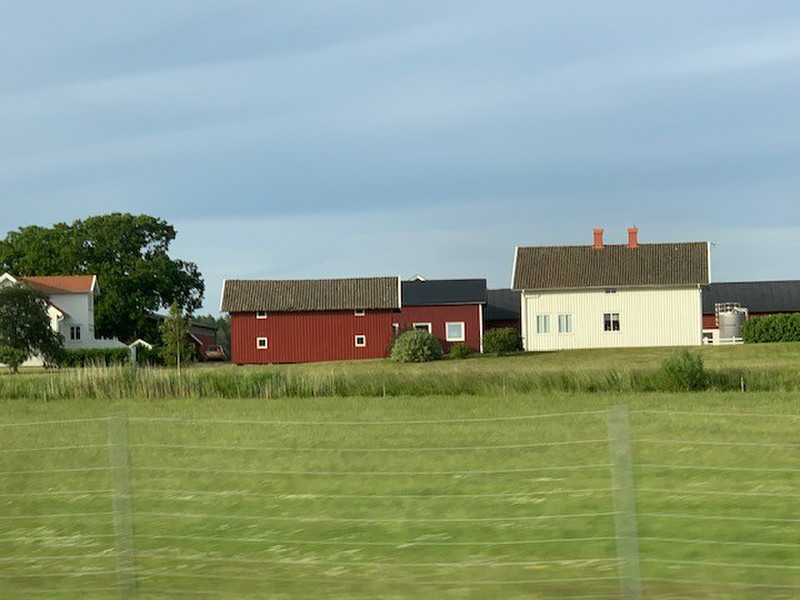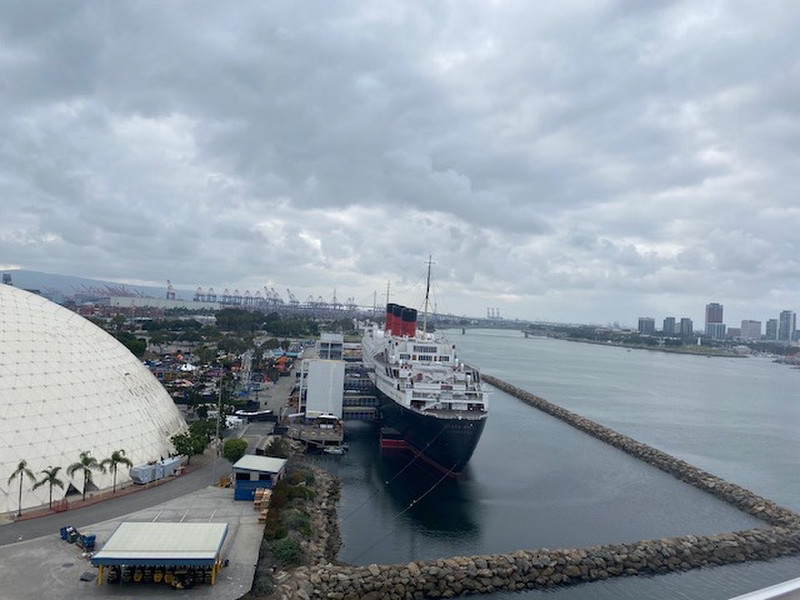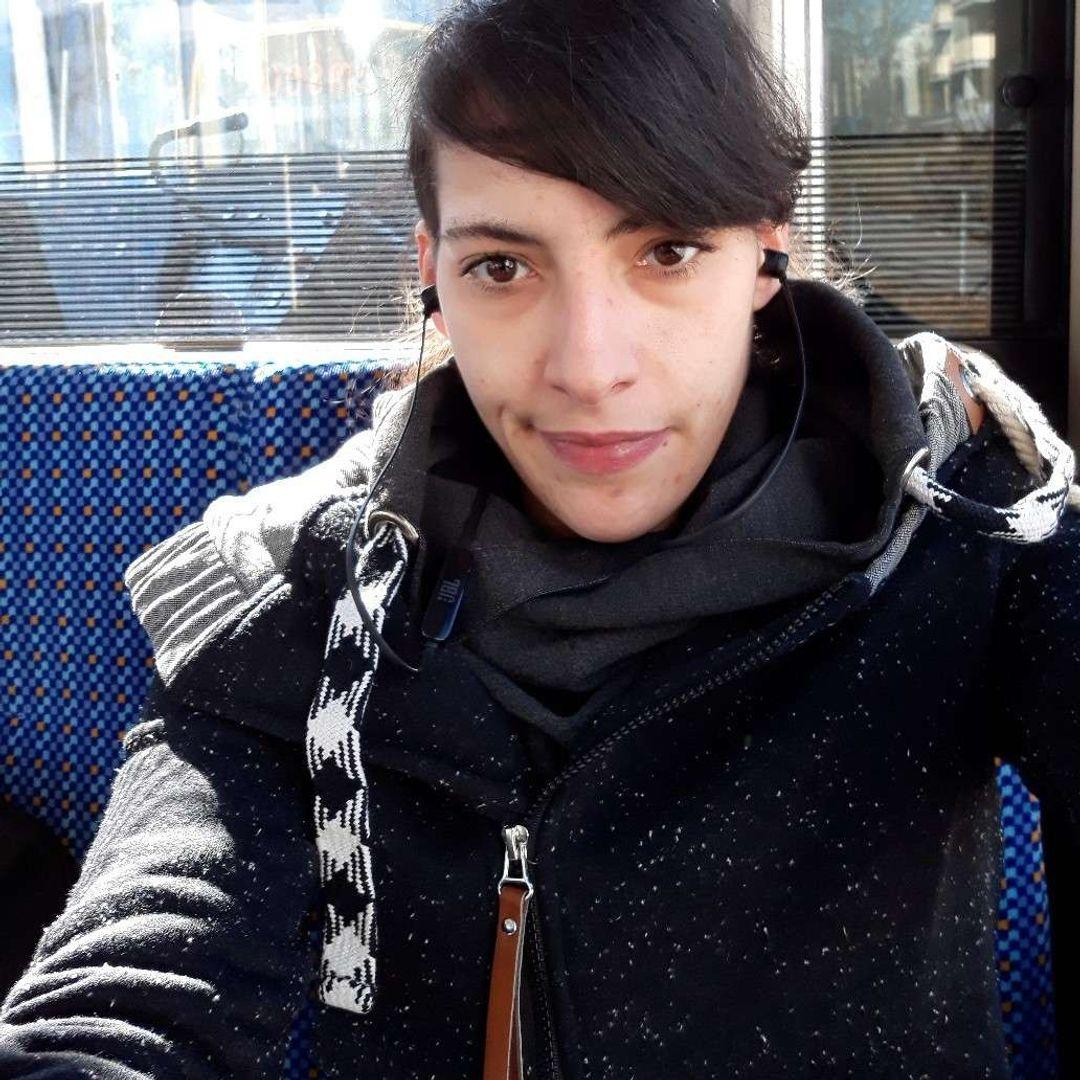Have you ever visited one of the oldest and driest deserts in the world, the Atacama in Chile? Well, on the long drive through the Thin Country, we spent a few days in the Atacama before heading south. They say some parts of the desert have not seen rain for over a hundred years. As I recall, Mr. Mike and I were there during the early spring. The nearest town, San Pedro was a cold and windy frontier town, on the edge of the Atacama. But on the few occasions it rains, the desert transforms into a beautiful cascade of wildflowers. NASA uses the Atacama to mimic Mars. The Valle de Marte resembles the red planet. The unique colors have also provided landscapes for Hollywood movies. The desert is also ideal for stargazing, with cool, clear nights, with an average 330 cloud free nights per year. Scientists love it here too, with the worlds largest radio telescope, capable of identifying a golf ball from a distance of nine miles. Despite its dryness, the amount of flora and fauna are remarkable. There is enough vegetation to support Andean foxes, vizcacha (a type of chinchilla), llamas, vicunas, and guanacos. High altitude lakes are
filled with flamingos. It is hard to believe nearly a million people live here. Lithium and copper mining are the major industry, along with tourism. But crops can be grown using a fog harvesting method called camanchaca. Basically, a net with holes to capture water vapor, the moisture is piped over to nearby crops. Can you believe the water is also used to make beer? The oldest mummy, the Acha man, found here dates back to 7020 BC. They were mummified naturally in the dry desert, helping to preserve the bodies. Over 282 Chinchorro mummies have been found here since the first ones discovered over a century ago. But I think my story is just as interesting. We flew about two hours from Santiago into the nearest airport to San Pedro, called Calama, a little pueblo basically. The plane was full of copper and lithium mine workers from Santiago. It was a rather grim flight. Without a car rental reservation, we got the last car, a tiny rundown Toyota Yaris. We were lucky, so we thought. Driving in the total darkness of the desert, we found the bright lights of San Pedro about an hour later. But at
9 or 10pm at night, most of the town was shut down. Very few lights were on, except for the headlights of our little car. We drove around the little town, mostly in fits and starts, until we got lucky. We pulled up to a large wooden gate, with the name of our hotel on the gate. I opened the huge gate myself, and we drove in. There were no cars, and no lights inside this rather spacious, dark parking area/courtyard. Using a bit of logic, we tapped on door number one, to no response. Finally, in the quiet darkness, a woman appears out of nowhere. We told her we had reservations for two rooms for a few nights. Though I made the reservations online, I never received a confirmation. Repeated attempts to reach them prior to landing were not successful. We hoped, rather, prayed, we were in the right place. It was now even colder, and windier outside. And yes, this ramshackle, dusty motel was indeed, our home for the next few nights. But we were tired, cold, and hungry, so this would have to work. So, with room numbers two and three, we settled into this old place. It was clean, simple, and leaking the cold windy air like Wikileaks on steroids! But I soon found the control for the electric blanket, which was really a heating pad under the sheets. This might have been one of the nights of sleep I ever had (in a little twin bed)! When we finally woke up the next morning, our hostess told us to sit at the little tables outside our room. She brought hot coffee, and a simple, but delicious Chilean style (cheese, bread, fruit) breakfast. The cold wind had died down, and the sun warmed our weary souls.
